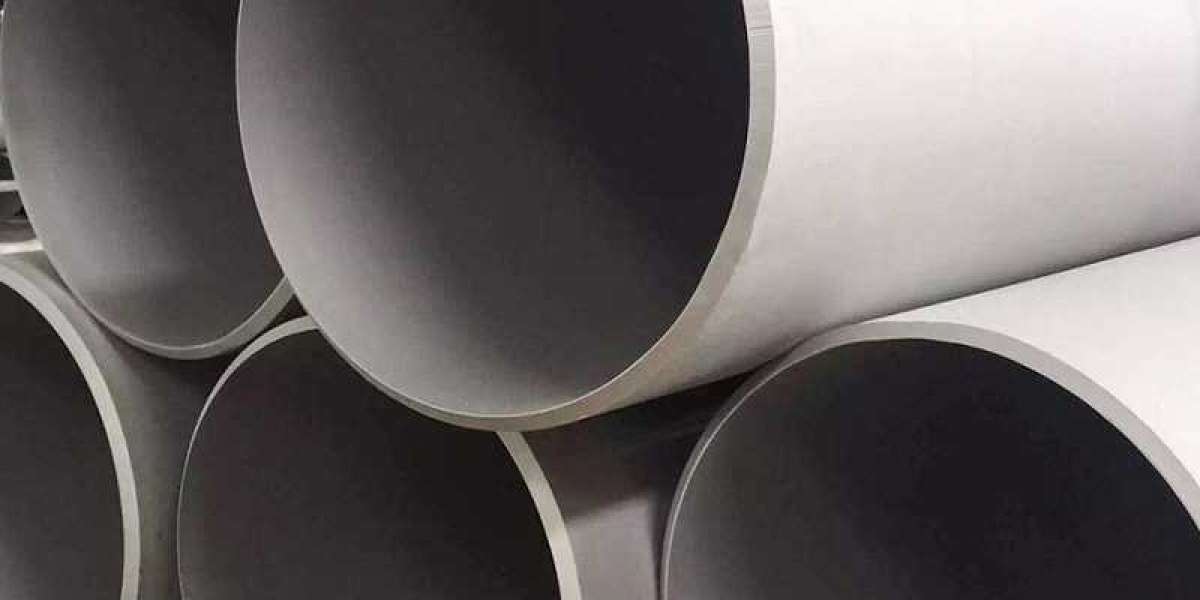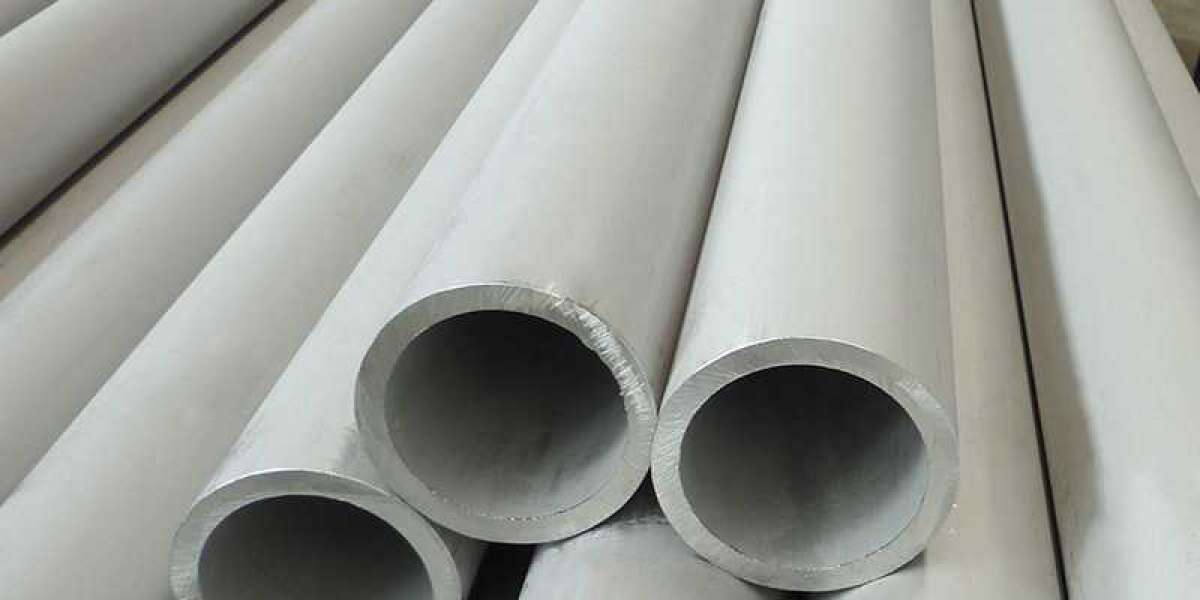Stainless steel welded pipes, with their outstanding corrosion resistance, extraordinary strength and unparalleled hygienic performance, have been widely used in many fields such as petroleum, chemical industry, pharmaceuticals, food, environmental protection, etc. However, in the face of complex and changing environmental conditions, such as humidity, high temperature, corrosive media and high requirements for visual aesthetics, it is difficult to meet all needs by simply relying on the performance of stainless steel materials themselves. Therefore, as a key link in improving the comprehensive performance of stainless steel welded pipes, the importance of surface treatment technology is becoming increasingly prominent.
1. The importance of surface treatment of
Although stainless steel welded pipes are naturally endowed with good corrosion resistance and high strength, in practical applications, their surfaces are easily eroded by environmental factors such as oxidation, moisture, rust, scratches, etc. These surface defects not only affect the appearance, but more importantly, they will reduce the corrosion resistance and service life of the pipeline. Through surface treatment processes such as polishing and passivation, surface defects can be effectively removed to form a protective film layer to isolate air and moisture, significantly improving the corrosion resistance and wear resistance of stainless steel welded pipes, thereby extending their service life.
In addition, as a pipeline material that is directly in contact with water or other fluids, the hygienic properties of the surface of stainless steel welded pipes are directly related to the safety of the fluid medium. Through appropriate surface treatment processes, such as electrochemical polishing or coating treatment, fine particles and harmful substances on the surface can be removed, the chance of bacterial growth can be reduced, and the fluid can be ensured not to be contaminated when flowing through the pipeline.
2. Main surface treatment technology of stainless steel welded pipes
Pickling passivation is an important surface treatment process for stainless steel welded pipes. Pickling can effectively remove particles, oil stains and other impurities on the inner and outer surfaces of the pipe, especially impurities such as scale and rust that may exist on the surface after welding, heat treatment or hot working. After pickling, a dense passivation film is formed on the surface of stainless steel through passivation treatment. This film can significantly reduce the chemical activity of the surface, thereby significantly improving the corrosion resistance of stainless steel.
Bright annealing is a precision heat treatment process for stainless steel welded pipes. This process is heated at high temperature in a strict hydrogen protective atmosphere or vacuum environment to effectively eliminate the internal stress generated by the stainless steel welded pipe during processing, which is often the main factor leading to material performance degradation and deformation. During the annealing process, a uniform and dense passivation film will naturally form on the surface of stainless steel. This film is like a barrier, which significantly improves the corrosion resistance of the water pipe and improves its surface morphology and structure, making it more uniform and stable.
Electrolytic polishing is an advanced surface treatment technology that can significantly improve and enhance the surface morphology and microstructure of stainless steel welded pipes. By precisely controlling the composition, temperature and current density of the electrolyte, the polishing process can be ensured to be efficient and environmentally friendly. The surface of the polished stainless steel welded pipe is as smooth as a mirror, which can significantly improve the grade and aesthetics of the building, while enhancing the reflectivity and glossiness of the surface, reducing the adhesion of surface dirt, and making the stainless steel welded pipe easier to clean and maintain in daily use.
Sandblasting effectively removes dirt, oxides, rust and tiny defects on the surface of stainless steel welded pipes by spraying abrasive particles at high speed, thereby restoring the original bright luster of the metal and giving it a uniform and consistent sand surface texture. This treatment not only enhances the aesthetics of the water pipe surface, but also improves its adhesion, providing a good base for subsequent possible coating, spraying and other surface treatment processes. At the same time, sandblasting also promotes the activation of the stainless steel surface, which helps to enhance its bonding with the anti-corrosion coating, thereby improving the corrosion resistance and durability of the water pipe.
3. New progress in the surface treatment technology of stainless steel welded pipes
With the advancement of science and technology and the improvement of environmental awareness, the surface treatment technology of stainless steel welded pipes is also constantly innovating and developing.
High-performance and highly corrosion-resistant stainless steel materials, such as duplex stainless steel and titanium alloys and other special materials, are gradually applied to the field of welded pipes. These new materials not only improve the performance and life of the products, but also reduce production costs and resource consumption.
Efficient welding processes, such as laser welding and electron beam welding, are characterized by high precision, high speed and high reliability. The application of these new welding technologies not only improves welding efficiency and quality, but also reduces material waste and environmental pollution.
By introducing automated production lines and intelligent detection and monitoring systems, the intelligent and flexible production of welded pipes is realized. The application of these technologies improves production efficiency and product quality, and reduces labor intensity and production costs.
With increasingly stringent environmental regulations, the stainless steel welded pipe industry pays more attention to the research and development and application of environmental protection and energy-saving technologies. Adopt green manufacturing technology to reduce energy consumption and emissions in the production process and reduce environmental pollution. At the same time, the application of non-destructive testing technology also reduces material waste and environmental pollution in the testing process.
The surface treatment technology of stainless steel welded pipes is of great significance to improving their corrosion resistance and aesthetics. With the advancement of science and technology and the improvement of environmental awareness, the surface treatment technology of stainless steel welded pipes is also constantly innovating and developing. New developments such as the application of new materials, efficient welding processes, intelligent production technologies, and environmental protection and energy-saving technologies provide broad space and opportunities for the future development of stainless steel welded pipes. Through continuous research and development and application of advanced surface treatment technologies, the performance and service life of stainless steel welded pipes can be further improved, the needs of customers with higher requirements can be met, and the sustainable development of the stainless steel welded pipe industry can be promoted.













